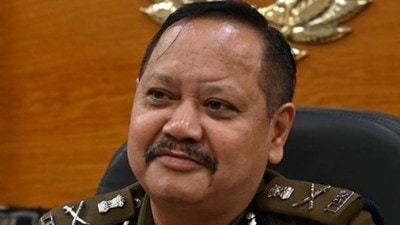Fiscal deficit soars to 81% of FY18 target in Apr-Jun
The fiscal deficit in the first three months was 61.1 per cent of the annual estimate; in the corresponding period of 2015-16, it was 51.6 per cent.
 While Rs 1.37 lakh crore was released as food, fertiliser and fuel subsidies in the first three months of this year, only Rs 93,500 crore had been spent on this front a year ago. Nonetheless, the front-loading of the subsidy amount will ease the liquidity problems for the intermediaries like Food Corporation of India and fertiliser firms.
While Rs 1.37 lakh crore was released as food, fertiliser and fuel subsidies in the first three months of this year, only Rs 93,500 crore had been spent on this front a year ago. Nonetheless, the front-loading of the subsidy amount will ease the liquidity problems for the intermediaries like Food Corporation of India and fertiliser firms.
The Centre’s fiscal deficit in April-June 2017 soared to nearly 81 per cent of the Rs 5.46 lakh crore estimated for 2017-18, largely due to a steep 47 per cent increase in spending on the explicit subsidies even as tax revenue receipts remained subdued. The fiscal deficit in the first three months was 61.1 per cent of the annual estimate; in the corresponding period of 2015-16, it was 51.6 per cent.
While Rs 1.37 lakh crore was released as food, fertiliser and fuel subsidies in the first three months of this year, only Rs 93,500 crore had been spent on this front a year ago. Nonetheless, the front-loading of the subsidy amount will ease the liquidity problems for the intermediaries like Food Corporation of India and fertiliser firms.
Subsidies apart, April-June also saw a 39 per cent year-on-year rise in capex to Rs 68,328 crore, nearly half of which was defence-related. Other departments which benefited from the front-loading of expenditure included roads, agriculture, urban development, housing and railways, all priority areas of the government. Thanks to the early passage of 2017-18 Budget, the Centre’s expenditure in the first quarter stood at Rs 6.51 lakh crore, 27 per cent more than Rs 5.12 lakh crore a year ago as departments were given flexibility to front-load spending.
With inputs from Financial Express



- 01
- 02
- 03
- 04
- 05




























